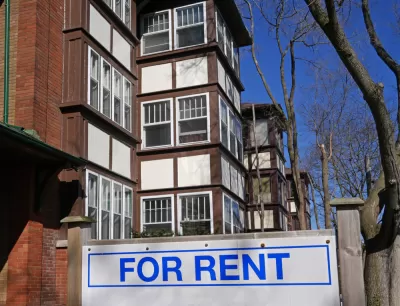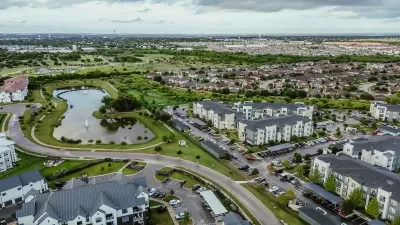The Fed’s recent decision to raise interest rates is causing a slowdown in the housing market, but rents are poised to remain high as demand for rental housing continues to outpace supply.

“As the central bank raises interest rates to cool down the economy and contain rapid inflation, it is also pushing up mortgage costs, putting home purchases out of reach for many first-time buyers. If people who would have otherwise bought a home remain waylaid in apartments and rented houses, it could compound already-booming demand — keeping pressure on rental prices.” According to an article by Jeanna Smialek and Conor Dougherty in The New York Times, “Rents on new leases climbed by 14.1 percent in the year through June, according to Apartment List, an apartment listing service. While that is slightly less than the 17.5 percent increase over the course of 2021, it is still an unusually rapid pace of growth. Before the pandemic, a 2 to 3 percent pace of annual increase was normal.”
As the article explains, “Rent-related costs make up nearly a third of the closely tracked Consumer Price Index inflation measure, so anything that helps to keep them climbing at an unusually brisk pace is likely to perpetuate rapid inflation.”
Despite federal efforts to boost affordable housing construction over the long term, supply chain issues and inflation are slowing the pace of new housing construction, much of which skews to the luxury end. “As people compete for a still-constrained number of apartments, it is unlikely that rental prices will fall from the elevated levels they have reached in the past year, experts said — they will probably just climb more slowly than they are now. And as labor and utility costs for landlords rise, they could even continue rising faster than normal.” Today, many renter households continue to struggle in a highly competitive rental market even as the market for purchasing homes slows down.
FULL STORY: Relief Eludes Many Renters as Fed Raises Interest Rates

Planetizen Federal Action Tracker
A weekly monitor of how Trump’s orders and actions are impacting planners and planning in America.

Maui's Vacation Rental Debate Turns Ugly
Verbal attacks, misinformation campaigns and fistfights plague a high-stakes debate to convert thousands of vacation rentals into long-term housing.

Restaurant Patios Were a Pandemic Win — Why Were They so Hard to Keep?
Social distancing requirements and changes in travel patterns prompted cities to pilot new uses for street and sidewalk space. Then it got complicated.

In California Battle of Housing vs. Environment, Housing Just Won
A new state law significantly limits the power of CEQA, an environmental review law that served as a powerful tool for blocking new development.

Boulder Eliminates Parking Minimums Citywide
Officials estimate the cost of building a single underground parking space at up to $100,000.

Orange County, Florida Adopts Largest US “Sprawl Repair” Code
The ‘Orange Code’ seeks to rectify decades of sprawl-inducing, car-oriented development.
Urban Design for Planners 1: Software Tools
This six-course series explores essential urban design concepts using open source software and equips planners with the tools they need to participate fully in the urban design process.
Planning for Universal Design
Learn the tools for implementing Universal Design in planning regulations.
Heyer Gruel & Associates PA
JM Goldson LLC
Custer County Colorado
City of Camden Redevelopment Agency
City of Astoria
Transportation Research & Education Center (TREC) at Portland State University
Jefferson Parish Government
Camden Redevelopment Agency
City of Claremont





























